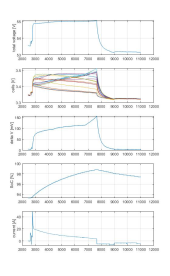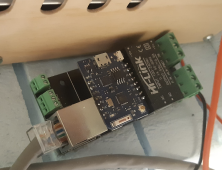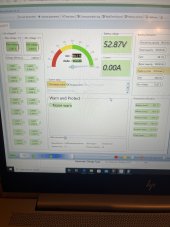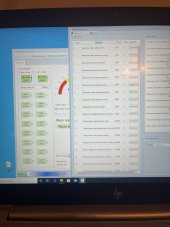Kevb
New Member
Sparksfly30, mine is RHI inverter. This connects no problem with Seplos 10E BMS, either using GINL on BMS and user defined on inverter or SMA / AoBo.
I called Solis support yesterday after getting nowhere with raising tickets about the failure to discharge the battery once fully charged and they admitted there was an issue with battery control in the version of firmware when mine was built last year.
They did a remote firmware update and all seems to work now, so may be worth calling them.
I called Solis support yesterday after getting nowhere with raising tickets about the failure to discharge the battery once fully charged and they admitted there was an issue with battery control in the version of firmware when mine was built last year.
They did a remote firmware update and all seems to work now, so may be worth calling them.








